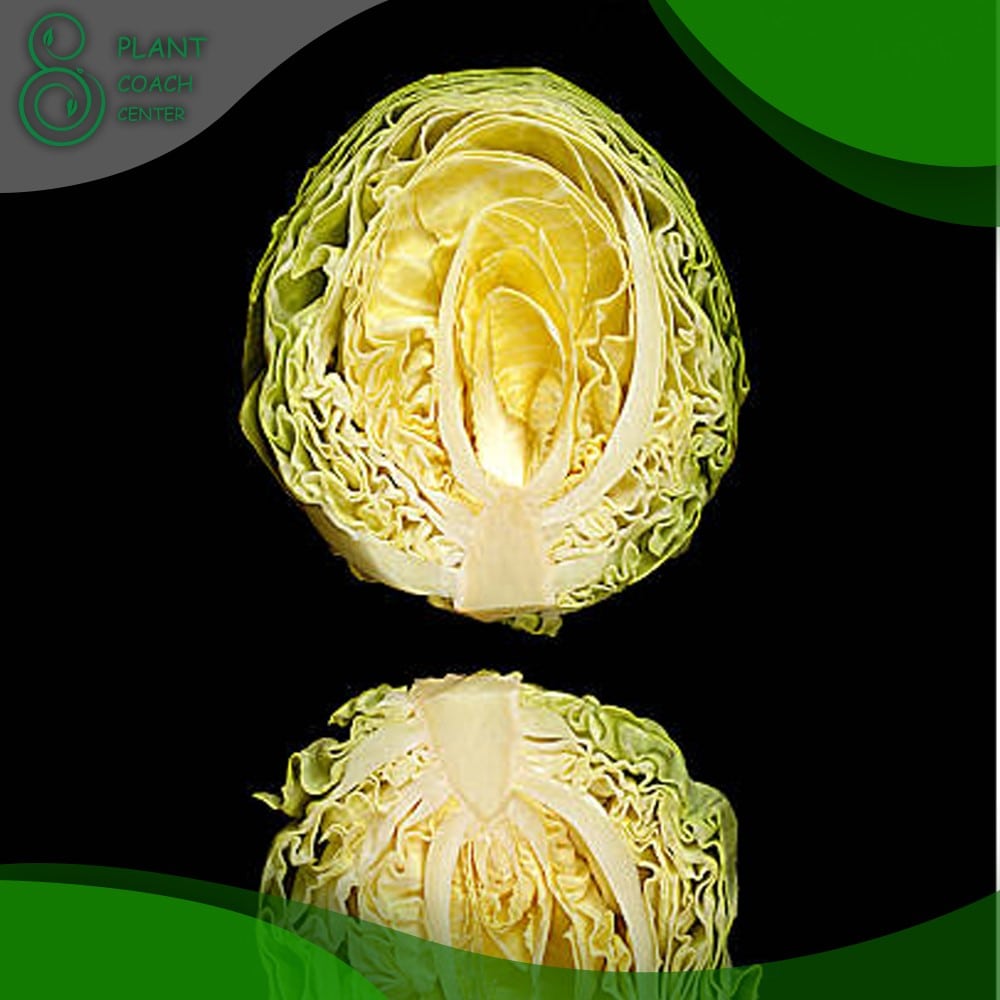When to Plant Cabbage in Georgia
Cabbage is a versatile and nutritious vegetable that can be easily grown in Georgia. However, planting cabbage at the wrong time can result in poor growth and yield. To optimize cabbage growth, it’s important to understand the factors that affect planting time and to work with a plant coach who can provide guidance and support throughout the growing season.
In this comprehensive guide, we’ll cover everything you need to know about when to plant cabbage in Georgia, including soil preparation, planting techniques, pest and disease management, harvesting and storage, and more. For more information and support, visit PlantCoachCenter.com.
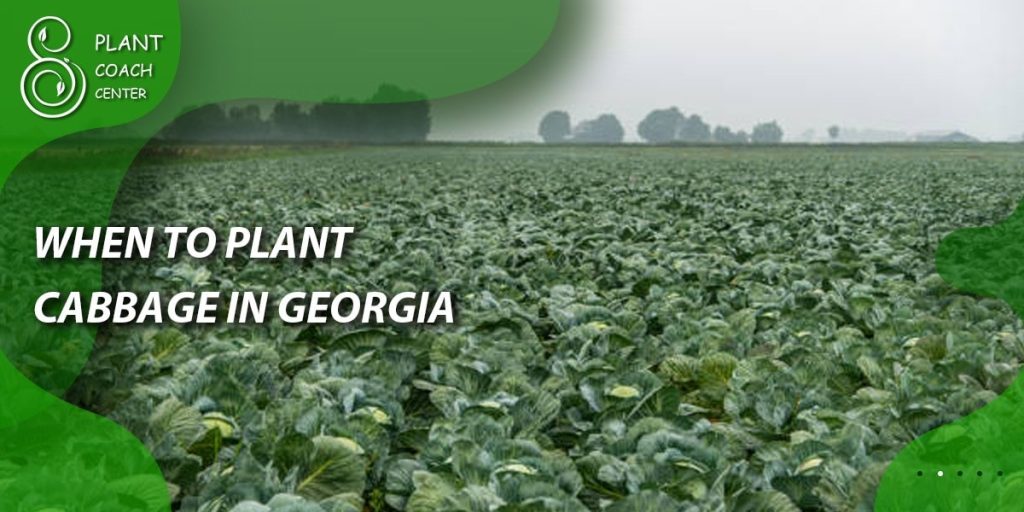
Understanding Cabbage and Its Growing Requirements:
Before discussing when to plant cabbage in Georgia, it’s important to understand the plant’s growing requirements. Cabbage is a cool-season crop that prefers well-draining soil with a pH of 6.0-6.5. It requires full sun and consistent moisture to promote healthy growth. Different varieties of cabbage have different growing requirements, so it’s important to choose the right variety for your needs.
Soil Preparation Techniques for Optimal Cabbage Growth:
To prepare your soil for planting cabbage, start by testing the pH and nutrient levels. Once you know the pH and nutrient levels of your soil, you can amend the soil as needed to improve its structure and fertility. Adding compost, manure, or other organic matter can help improve soil structure and provide essential nutrients for cabbage growth. It’s also important to ensure that the soil is well-draining, as cabbage plants can be prone to root rot in excessively wet soil. Consider using raised beds or containers to improve drainage and prevent soil-borne diseases.
Climate and Weather Considerations for Growing Cabbage in Georgia:
Georgia’s climate and weather can vary widely depending on the region. Cabbage grows best in cool weather with daytime temperatures in the 60s and 70s and nighttime temperatures in the 40s and 50s. In areas where summers are hot and dry, cabbage may struggle to grow and may bolt or develop bitter flavors.
In regions where winters are mild, cabbage can be grown throughout the winter with the use of row covers or other protective measures. It’s important to research the climate and weather patterns in your specific region to determine the best time to plant cabbage.
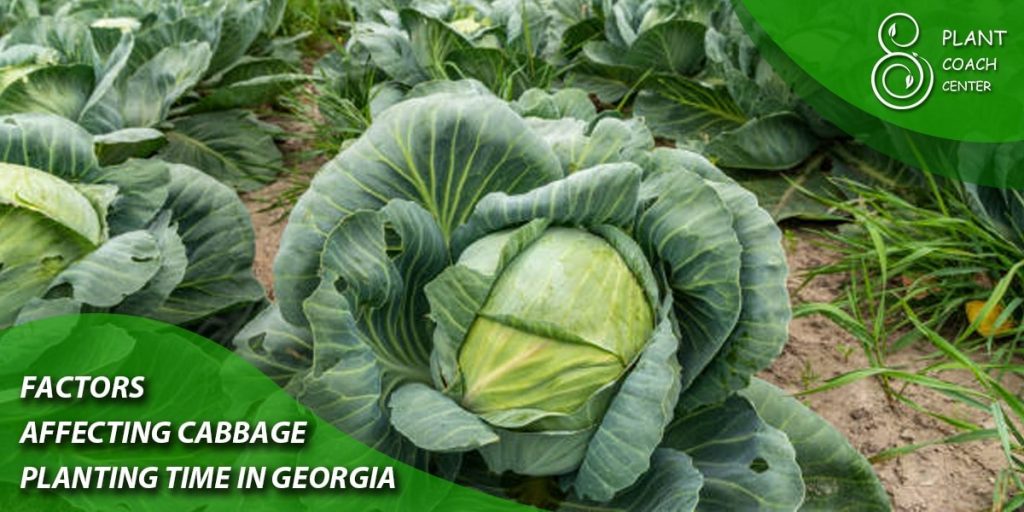
Factors Affecting Cabbage Planting Time in Georgia:
Several factors can affect the optimal time to plant cabbage in Georgia. These include temperature, frost dates, soil temperature and moisture, and pest and disease control. It’s important to consider all of these factors when determining the best time to plant cabbage.
Best Times to Plant Cabbage in Georgia:
The optimal planting time for cabbage in Georgia depends on several factors, including the variety of cabbage, the region, and the specific planting location. Generally, cabbage can be planted in Georgia in early spring (February to March) or fall (September to November) for best results. However, the exact planting time will vary based on the factors mentioned above. Working with a plant coach can help you determine the best planting time for your specific situation.
Planting Techniques for Cabbage in Georgia:
Once you’ve determined the optimal planting time, it’s important to use the right planting techniques to promote healthy cabbage growth. Start by preparing seedlings indoors or purchasing transplants from a reputable source. Transplant seedlings into well-prepared soil and use organic or chemical fertilizers as needed to promote growth. Consider using row covers to protect young plants from pests and frost.
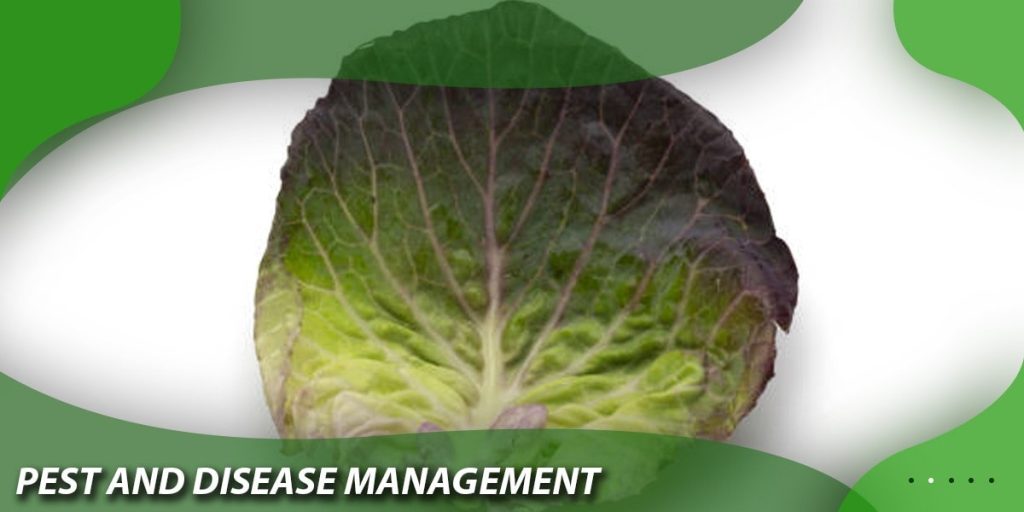
Cabbage Pest and Disease Management in Georgia:
Several pests and diseases can affect cabbage growth in Georgia. Aphids, cabbage loopers, and clubroot are common issues that cabbage growers face. To prevent and manage these issues, it’s important to use organic pest control techniques such as crop rotation, companion planting, and beneficial insects.
For example, planting cabbage near herbs like rosemary, thyme, and mint can help repel pests. Regularly inspecting your plants for signs of damage and removing affected leaves or plants can also help prevent the spread of pests and diseases.
Harvesting and Storing Cabbage in Georgia:
When harvesting cabbage, it’s important to wait until the head feels firm and has reached its full size. Cut the head off at the base of the stem and remove any loose outer leaves. Store the cabbage in a cool, dry place for up to several weeks. To extend storage time, consider blanching and freezing cabbage or making sauerkraut. To blanch cabbage, simply immerse the leaves in boiling water for a few minutes before freezing. This can help preserve the color and texture of the cabbage.
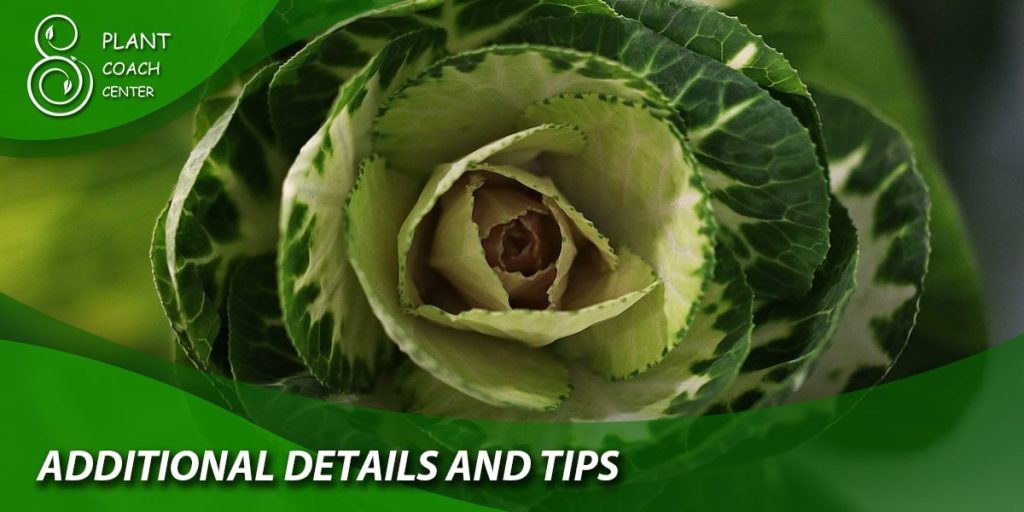
some additional details and tips related to planting cabbage in Georgia:
– When choosing a cabbage variety, consider factors such as head size, shape, and color, as well as resistance to pests and diseases.
– In addition to testing soil pH and nutrient levels, consider having your soil tested for heavy metals, which can be harmful to plant and human health.
– To improve soil structure and water retention, consider adding vermiculite or perlite to your soil mixture.
– When transplanting seedlings, be sure to plant them deep enough so that the first set of leaves is just above the soil surface.
– Consider using a trellis or other support structure for larger cabbage varieties to prevent the heads from touching the ground and becoming damaged or diseased.
– To prevent clubroot, a fungal disease that affects cabbage and other brassicas, avoid planting in soil that has previously grown brassica crops and consider adding lime to the soil to raise the pH.
– When harvesting cabbage, be sure to cut the head cleanly with a sharp knife to avoid damaging the plant.
– Consider using cabbage in a variety of dishes, such as stir-fries, soups, and salads, to make the most of your harvest.
– As with many vegetables, it’s important to rotate cabbage crops to prevent soil-borne diseases and pests from building up in the soil. Ideally, you should wait at least three years before planting cabbage or other brassica crops in the same spot.
– Consider using mulch around your cabbage plants to help retain moisture and prevent weeds from growing.
– To prevent cabbage loopers, a common pest in Georgia, consider using Bacillus thuringiensis (BT), a natural pesticide that targets caterpillars and is safe for humans and beneficial insects.
– If you’re planting cabbage in the fall, consider using row covers or other protective measures to extend the growing season and protect the plants from frost or freezing temperatures.
– To store cabbage for longer periods of time, consider fermenting it into sauerkraut or kimchi, or canning it using a pressure canner.
– If you’re growing cabbage in containers, be sure to use a large container with plenty of drainage holes and use a well-draining potting mix.
– Consider using companion planting to help deter pests and improve cabbage growth. For example, planting marigolds or other flowers near your cabbage can help repel pests and promote healthy soil.
– When fertilizing your cabbage plants, be sure not to over-fertilize, as this can lead to excessive foliage growth and reduced yield. Instead, use a balanced fertilizer (such as 10-10-10) every few weeks throughout the growing season.
– When transplanting seedlings, be sure to handle them carefully to avoid damaging the roots or stem.
Remember, growing cabbage in Georgia can be a fun and rewarding experience, but it does require careful attention to planting time, soil preparation, and pest and disease management. Working with a plant coach can help you optimize your cabbage growth and yield and ensure a successful harvest. For more information and support, visit PlantCoachCenter.com.
Conclusion:
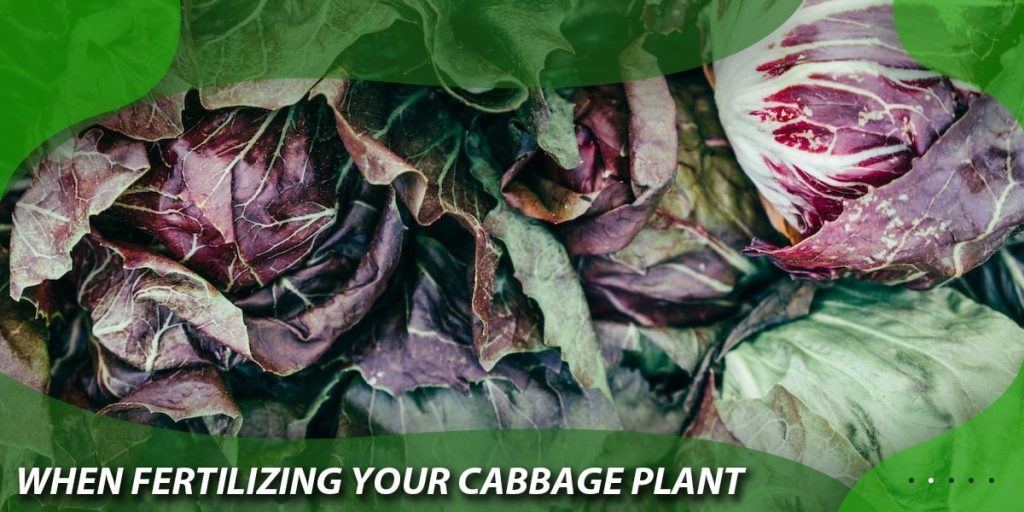
Planting cabbage in Georgia can be a rewarding experience with the right techniques and support. By understanding the plant’s growing requirements, considering climate and weather factors, and working with a plant coach, you can optimize cabbage growth and yield. For more information and support, visit PlantCoachCenter.com and connect with a plant coach today.
When should I plant cabbage in Georgia?
Early spring or late summer.
Can I plant cabbage in Georgia during winter?
No.
What is the best time to plant cabbage in Georgia?
March or September.
When does cabbage grow best in Georgia?
During cool weather seasons.


